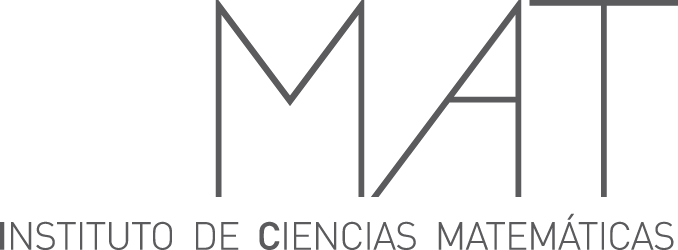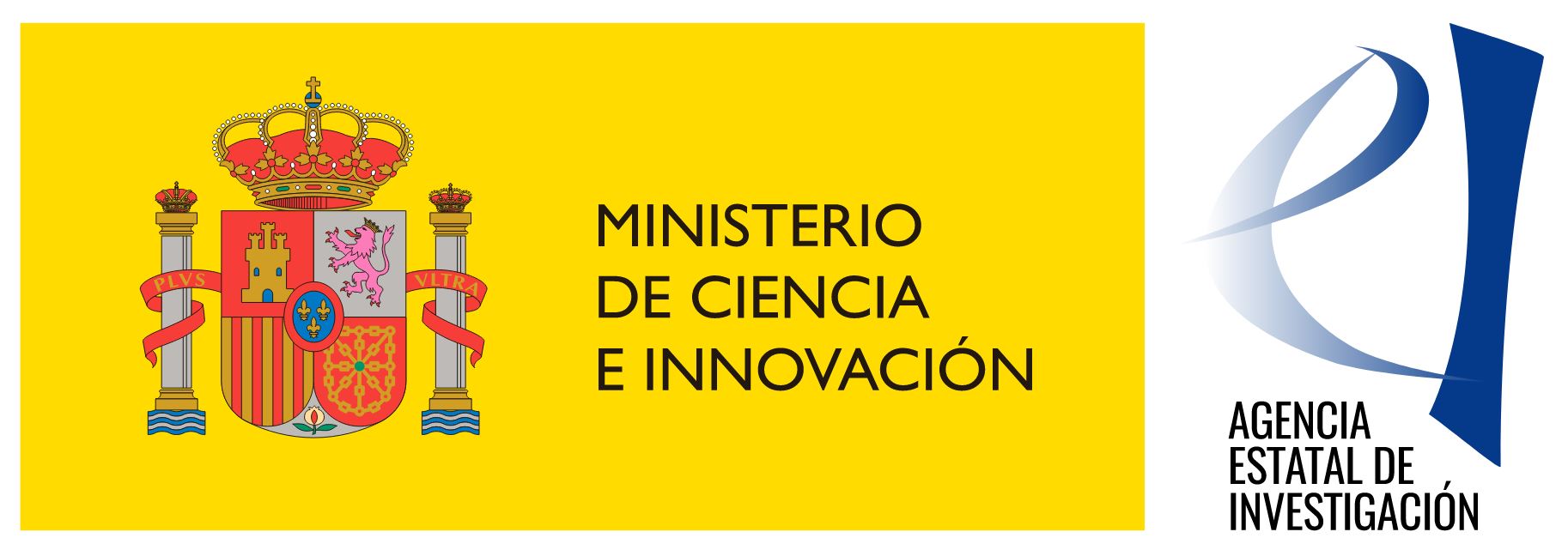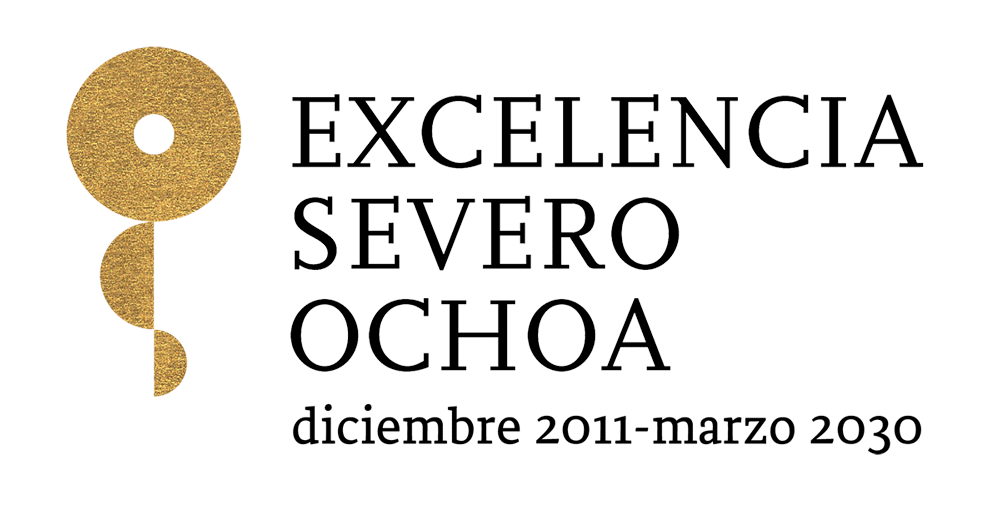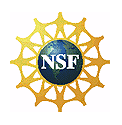Programme
Download programme here
| Monday 24 April |
Tuesday 25 April |
Wednesday 26 April |
Thursday 27 April |
Friday 28 April |
||
|---|---|---|---|---|---|---|
| 9:30-10:00 | Registration | |||||
| 10:00-11:00 | Ngô | Brion 2 | Hitchin | Hausel 3 | Mochizuki | 10:00-11:00 |
| 11:00-11:30 | Coffee break | Coffee break | Coffee break | Coffee break | Coffee break | 11:00-11:30 |
| 11:30-12:30 | Brion 1 | Hameister | Brion 3 | Gallego | Groechenig | 11:30-12:30 |
| Lunch | Lunch | Hausel 2 | Lunch | Hurtubise | 12:30-13:30 | |
| 13:30-14:30 | ||||||
| 14:30-15:30 | Hausel 1 | Leslie | Heinloth | 14:30-15:30 | ||
| 15:30-16:00 | Coffee break | Coffee break | Coffee break | 15:30-16:00 | ||
| 16:00-17:00 | Mauri | Bouthier | Morrisey | 16:00-17:00 |
Titles and abstracts
Minicourses
Michel Brion (Université de Grenoble Alpes) Introduction to spherical varieties
Spherical varieties form a remarkable class of algebraic varieties with an algebraic group action, which contains flag varieties, toric varieties, symmetric spaces and their equivariant compactifications. The minicourse will provide an introduction to the theory of spherical varieties over the field of complex numbers.
- Lecture 1: General background and examples, local structure Video
- Lecture 2: Wonderful varieties, examples from symmetric spaces Video
- Lecture 3: Cox rings of spherical varieties, Vinberg monoids Video
Tamás Hausel (IST Austria) Mirror symmetry and big algebras
After surveying some mirror symmetry phenomena in the geometry of Langlands dual Hitchin systems, we will model the Hitchin system on cominuscule upward flows by the equivariant cohomology of cominuscule flag varieties like the Grassmannian. Then we will explain how mirror symmetry implies a synthetic BNR correspondence. To generalise to the non-minuscule case we will construct a big commutative subalgebra of the Kirillov algebra to model the mirror of the universal principal bundle in an irreducible representation. We finish with an overview of results and conjectures on involutions on big algebras induced from quasi-split real forms.
- Lecture 1: Mirror symmetry for Hitchin systems Video, Slides
- Lecture 2: Equivariant cohomology, Kirillov algebras and BNR correspondence Video, Slides
- Lecture 3: Big algebras and real forms Video, Slides
Research talks
Monday, 10:00
-
Ngô Bao Châu (University of Chicago) Generalized Hitchin fibration and invariant theory Video
- We study the Hitchin fibration on the moduli stack of maps from a fixed smooth projective curve into the stack quotient M/G where M is an affine algebraic variety acted on by a reductive group G. We recover the moduli stack of Higgs bundles in the case M is the Lie algebra of G.
Monday, 16:00
-
Mirko Mauri (IST Austria) Hodge-to-singular correspondence Video
- We show that the cohomology of moduli spaces of Higgs bundles decomposes in elementary summands depending on the topology of the symplectic singularities on a (fixed!) master object and/or the combinatorics of certain posets and lattice polytopes. This is based on a joint work with Luca Migliorini and Roberto Pagaria.
Tuesday, 11:30
-
Thomas Hameister (University of Chicago) The Hitchin Fibration for Quasisplit Symmetric Spaces Video
- We will give an explicit construction of the regular quotient of Morrissey-Ngô in the case of a symmetric pair. In the case of a quasisplit form (i.e. the regular centralizer group scheme is abelian), we will give a Galois description of the regular centralizer group scheme. We will then describe some basic corollaries of these results for Hitchin fibrations of symmetric pairs, including how the nonseparated structure of the regular quotient recovers the spectral description of Schapostnik for U(n,n) Higgs bundles. This work is joint with B. Morrissey.
Tuesday, 14:30
-
Spencer Leslie (Boston College) Endoscopy for symmetric varieties Video
- Recent advances in the relative Langlands program have motivated the study of generalizations of the trace formula associated to spherical varieties known as relative trace formulae. In this talk, I will discuss my recent work developing a theory of endoscopy and stabilization for the relative trace formulae associated with symmetric varieties. This theory naturally motivates the study of relative Hitchin fibrations with the goal of proving fundamental lemmas in this more general setting.
Tuesday, 16:00
-
Alexis Bouthier (Sorbonne Université) Affine character sheaves Video
- The goal is to explain how one can use the geometry of affine Springer fibration in order to produce perverse sheaves that geometrize some characters of representations of p-adic groups.
Wednesday, 10:00
-
Nigel Hitchin (University of Oxford) The odd integrable system Video, Slides
- The completely integrable system on the moduli space of Higgs bundles is based on evaluating on a Higgs field a basis for the invariant polynomials on the Lie algebra. If we take invariant alternating forms instead of symmetric ones then there is another story. On the one hand it can be interpreted in supermanifold terms as an integrable system for an odd symplectic structure but a more promising viewpoint is its relationship with the Hochschild cohomology of the moduli space of stable bundles.
Thursday, 11:30
-
Guillermo Gallego (ICMAT, Madrid) Multiplicative Higgs bundles and involutions Video, Slides
- In this talk we introduce a generalization of multiplicative Higgs pairs, associated to a pair formed by a reductive group and an involution, and taking values in the corresponding symmetric variety. In particular, these objects appear as fixed points of a certain involution of the moduli space of multiplicative Higgs bundles (joint work with O. Garcia-Prada).
Thursday, 14:30
-
Jochen Heinloth (Universität Duisburg-Essen) Stability of C* fixedpoints for G-Higgs bundles Video
- In joint work with Steve Bradlow, Oscar Garcia-Prada and Peter Gothen we used an explicit variation of stability parameters for chains to analyze moduli spaces of Higgs bundles for real forms of GLn. Biquard, Collier, Garcia-Prada and Toledo a particular line in the space of stability conditions was found to be useful to study maximal components of moduli of Higgs bundles for general real groups. We would like to explain how this line also admits a natural description in terms of Theta-stability and allows us to rephrase some results on chains in group-theoretic terms. This is joint work with Brian Collier and Oscar Garcia-Prada.
Thursday, 16:00
-
Benedict Morrissey (University of Chicago) Mirror Symmetry for Hitchin Fibration associated to U(n,n) Video
- The Hitchin fibration associated to U(n,n) gives rise to a BAA brane on the GL(2n) Hitchin fibration. I will describe the Fourier--Mukai dual of this brane over a dense open set of the Hitchin base. A version of this result was conjectured by Hitchin. Given time I will describe ongoing work for a similar result for the Hitchin fibration associated with the Jacquet--Rallis spherical variety, as well as more general conjectures about the duals of branes associated to spherical varieties. This is part of a larger joint work with T. Hameister and Z. Luo.
Friday, 10:00
-
Takuro Mochizuki (Kyoto University) Asymptotic behaviour of large-scale solutions of Hitchin's equations in higher rank Slides
- Let X be a compact Riemann surface. Let (Es,θs) (s∈ S) be a family of stable Higgs bundles of degree 0 on X. For simplicity, we assume that the spectral curves are smooth. By fixing flat metrics of the determinant bundles of Es, we obtain harmonic metrics hs,t of (Es,tθs) (t>0). We are interested in the behaviour of hs,t as t→∞ to understand the asymptotic behaviour of the hyperkahler metric of the Hitchin moduli space. It is well understood in the rank 2 case. If rank(Es)>2, because the ramification of the spectral curves are more complicated, it seems that the method in the rank 2 case could not be directly generalized.
In this talk, I will report the joint work with Szilard Szabo on the behaviour of the harmonic metrics hs,t in the higher rank, which is partially based on the joint work with Qiongling Li about harmonic metrics compatible with a non-degenerate symmetric pairing.
Friday, 11:30
-
Michael Groechenig (University of Toronto) p-adic integration, buildings and BPS-invariants Video
- I will report on joint work in progress with Dimitri Wyss and Paul Ziegler, continuing our previous papers on the Hausel-Thaddeus conjecture and Ngô’s geometric stabilisation theorem. In those articles, we applied Batyrev’s technique of p-adic integration to the Hitchin system. A common feature of our previous two papers is that we worked with moduli spaces, which have at most quotient singularities. We achieved this either by imposing a coprimality assumption on rank and degree, or by restricting to the elliptic locus. Our new work sheds light on the geometric meaning of p-adic integration in the absence of those assumptions. We will see that the resulting theory is closely related to BPS invariants.
Friday, 12:30
-
Jacques Hurtubise (McGill University) Trinions and degenerations of bundle moduli Video
- We consider what happens to moduli of bundles on a curve as the curve degenerates to one with nodes, obtaining structures that are reductions (either symplectic or holomorphic) of products of some moduli spaces associated to the constituent pieces of the degenerated curve; continuing the process, to reductions of products some moduli spaces associated to trinions. These in turn admit degenerations to toric varieties, which again we discuss from both the holomorphic and symplectic points of view. We conclude with some remarks on the Higgs bundle case. (joint work with Indranil Biswas)




